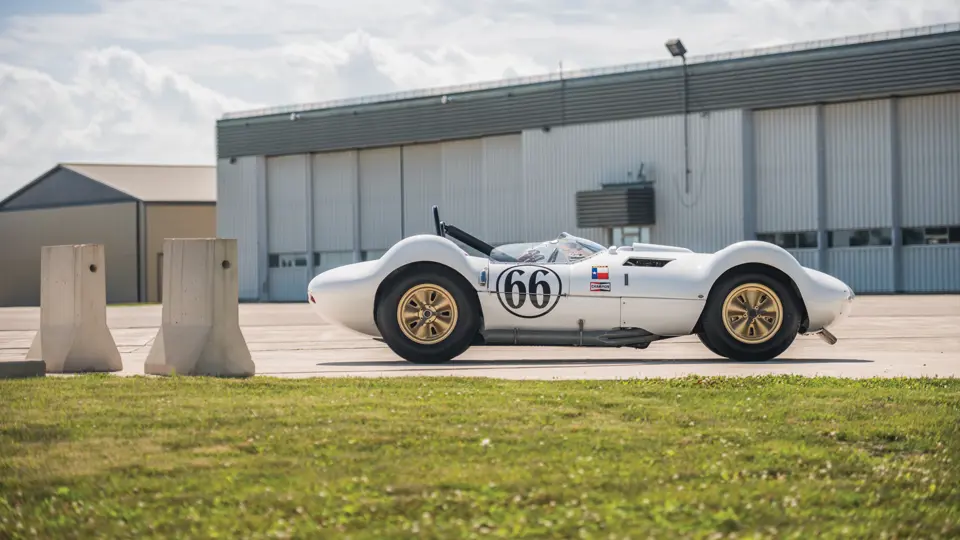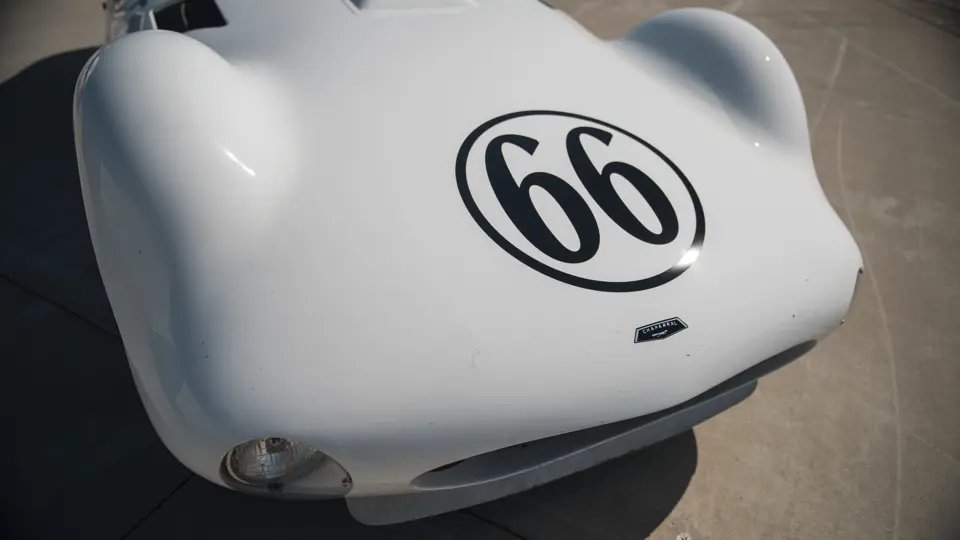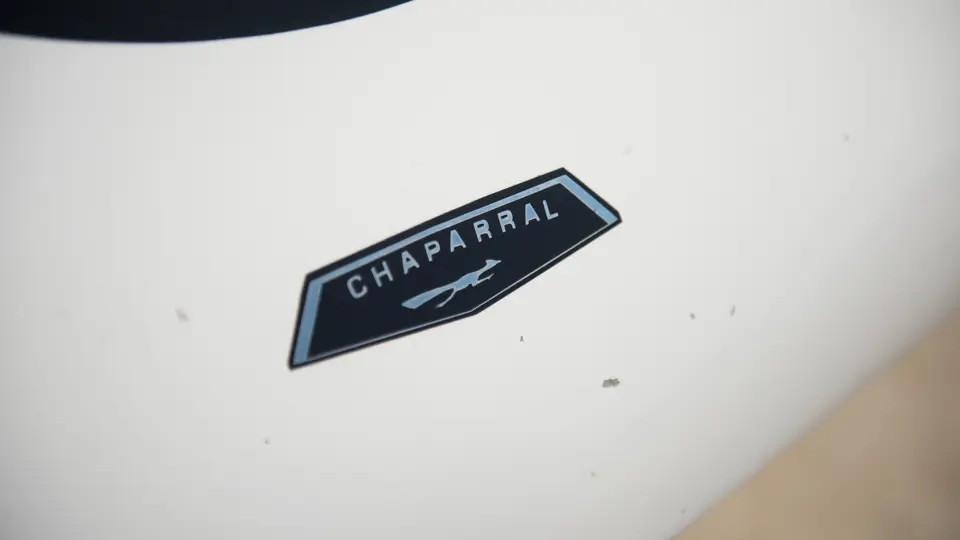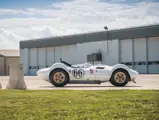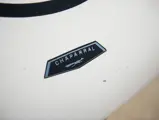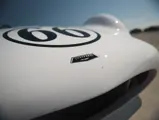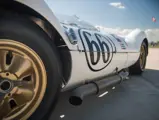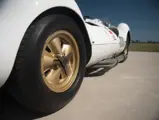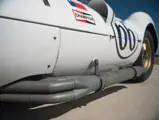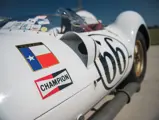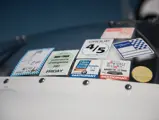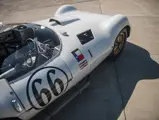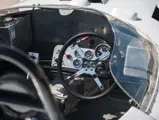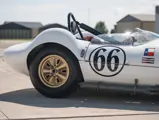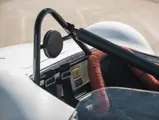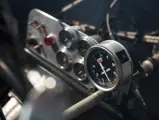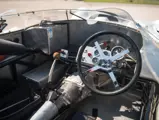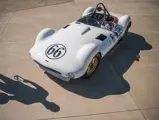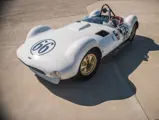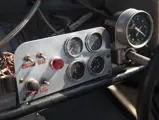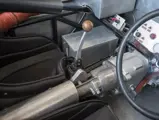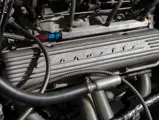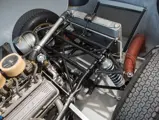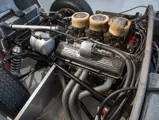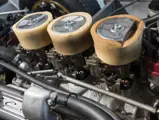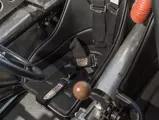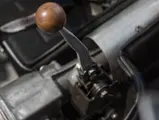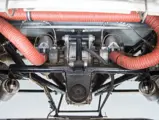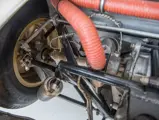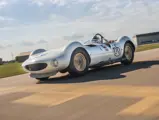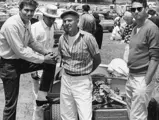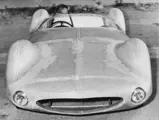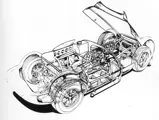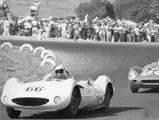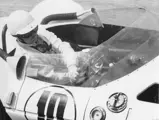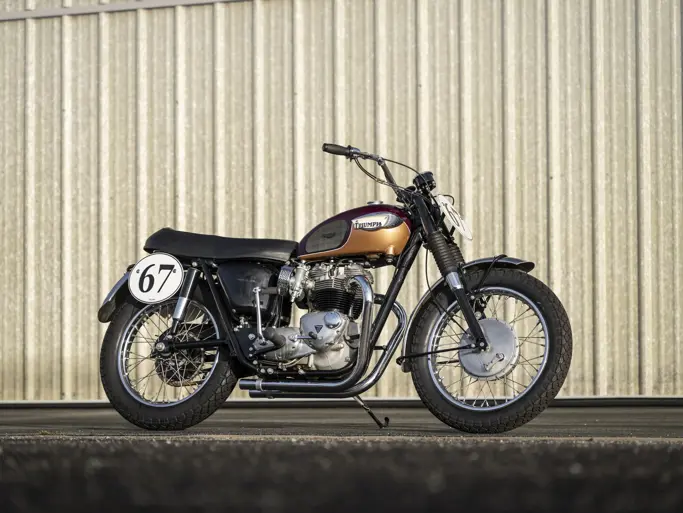
1961 Chaparral 1 Prototype
{{lr.item.text}}
$900,000 - $1,400,000 USD | Not Sold
{{bidding.lot.reserveStatusFormatted}}
- Offered from the Jack Boxstrom Collection
- The prototype 88-inch wheelbase car
- The first of two Jim Hall team cars
- Built by Scarab creators Troutman & Barnes as their “improved Scarab”
- The last fully competitive front-engined sports racing car
- A very correct Chaparral 1 with original chassis, bodywork, and fuel tanks
- Complete history from new, as detailed in Richard Falconer and Doug Nye’s Chaparral
Est. 400 bhp, 327 cu. in. Chevrolet OHV V-8 engine, four-speed manual transmission, independent front and rear suspension utilizing A-arms, coil springs, and tubular shock absorbers, and four-wheel Girling disc brakes. Wheelbase: 88 in.
THE CHAPARRAL 1 – A TECHNICAL OVERVIEW
In November 1960, Jim Hall met with Scarab builders Troutman & Barnes to discuss his ideas for a new Chevrolet-powered front-engined sports racer. Later Hall ordered this prototype, known as chassis number 001, at a cost of $16,500, for the 1961 racing season. A second car, chassis number 003, would be delivered for the 1962 season. Hall was offered naming rights to his car, and he chose Chaparral, after a fast-running West Texas bird. Though flightless, it has vestigial wings, appropriate when one considers the later history of these cars.
The Chaparral 1 chassis was constructed from 1¼-inch diameter chrome molybdenum tubing. The front suspension comprised unequal-length tubular wishbones, while rear suspension was relatively conventional, with reversed lower A-arms, a single top link, and twin trailing arms. The upright was a magnesium casting of exceptional quality. Coil springs were used over Monroe shocks with welded-on spring seats, and anti-roll bars were fitted both front and rear.
This prototype Chaparral 1 carried its fuel in aluminum pannier tanks on each side, concentrating weight within the wheelbase and dispensing with complex and heavy support structures. The brakes were Girling calipers, in conjunction with custom cast iron discs, 10-inch diameter at the rear and 10½-inch at the front. The Halibrand differential employed a Mercury ring and pinion gearset, with quick-change drop gears. Wheels were 15” in diameter, cast by Halibrand to a unique design for Troutman & Barnes. Rims came in a variety of sizes ranging from 6” to 8” with Goodyear “Blue Streak” tires.
The engine was a 283-cubic inch Chevrolet block, enlarged to 318 cubic inches by Art Oehrli of Traco. An Iskenderian camshaft was used, with induction via triple Strombergs on an Edelbrock manifold. Exhausts led out horizontally via tubular manifolds to 4-inch pipes down the sides of the car. An aluminum flywheel was used with a 10½-inch Schiefer clutch, the gearbox being an aluminum T-10. Cockpit furnishing was limited to two upholstered alloy seats, and a large three-spoke upright steering wheel.
The body was designed by Chuck Pelly, but it was simpler than the Scarab, being confined to a one-piece nose, a tail section, and two doors. The rocker panels were actually the fuel tanks. Plexiglas-covered Lucas spotlights were mounted low in the nose, with molded-in stoplights at the rear. The finished Chaparral prototype was small and light: 62 inches wide, 31 inches high, and 15 feet long – some 15 inches shorter than the Scarab. With a dry weight of 1,479 pounds, the car was bound to be fast.
CHAPARRAL 1 CHASSIS NUMBER 001
Jim Hall first tested this car, the un-painted prototype number 001, at a SCCA race at Riverside on 5 June 1961. He lapped the track at 2:03—encouraging, as the lap record by Dan Gurney in a Lotus 19 was 2.00:93.
Hall’s first race in the prototype Chaparral 1 at a SCCA National, at Laguna Seca later in June, would likely have also resulted in its first overall win, but a broken valve rocker put him behind Chuck Sargent’s Birdcage Maserati.
The Los Angeles Times Grand Prix at Riverside on 15 October saw Hall’s Chaparral 1 prototype fitted against truly international competition. Brabham, Moss, and McLaren qualified at the front with Hall on the second row with a 2:01:07 next to Gurney’s Lotus 19 at 2:01:05! Moss, Gurney, and McLaren broke, but Jim Hall managed a fine 3rd Overall finish behind winner Jack Brabham’s Cooper Monaco.
Just a week later, Hall entered the San Francisco Examiner’s Pacific Grand Prix. This race was run in two heats, of 53 laps each, with the result decided on aggregate. New lap records were set by Moss, Brabham, Penske, and McLaren, until Dan Gurney displaced them all with his 1:14:8. Jim Hall, at 1:17:9, shared the 4th row with Chuck Daigh’s Scarab at 1:18:3, these being the two fastest front-engined cars. The race itself was chaos after a major grid collision. Augie Pabst’s Maserati made one lap spewing oil. Jim Hall, running in 3rd, was the first to hit the oil in turn 2, careening down the embankment followed by three other cars, before the corner workers got their oil flags out. Hall eventually got back on track and spent the rest of the heat passing cars to finish 7th Overall – all to no avail, since his engine blew up in the second heat, which spun him to a halt between 2 and 3.
The 10 December main race at Nassau, known as the Tourist Trophy, paid $5,000, and Jim Hall looked on target to claim it. After a Le Mans-type start, Stirling Moss led in his Lotus 19. Hall took off in 4th but immediately passed the Ferraris of Pedro and Ricardo Rodriguez. On lap 5, Hall stormed past Moss to lead, but a misfire and bottoming suspension saw him overtaken by Gurney’s Lotus 19, after which his engine expired again.
The first Chaparral was joined at Daytona on 11 February 1962 by Harry Heuer’s number 002 car, driven by Dick Rathmann. At the front, Hall battled with Phil Hill but still could not match the pace of Gurney’s two-year-old Lotus 19. Richard Falconer and Doug Nye’s book, Chaparral, credits Jim Hall with 3rd Overall in this race.
With chassis number 003 having been delivered, the Hall/Sharp Sebring team entered two Chaparrals, the new car and number 001, at the 12 Hour race on 23 and 24 March. Hall and Scarab pilot Chuck Daigh were paired in the “extra legroom” 90-inch wheelbase car but were eliminated by a broken steering knuckle after 8 hours, having run as high as 3rd behind Ireland’s Ferrari and the Cunningham team Maserati. Subsequently Hall co-drove this car, as #10, finishing 6th Overall and winning the C/Modified class.
Further results for the number 001 and number 003 team cars at Mosport, Road America, Riverside, Laguna Seca, and the Bahamas during the 1962 season follow a similar pattern.
Following the 500-mile races, each car was fully rebuilt, while its sister car was pressed into service in his absence. The last competition for this dynamic duo was actually the 1963 12 Hours of Sebring, where the cars sported new FIA bodywork and Chaparral 2-type noses.
That comes down to three series of continuous racing – far longer than any of the later mid-engined series cars – perhaps proving the worth of Jim Hall’s original Troutman & Barnes-provided specification.
This prototype Chaparral 1 sports racing car, chassis number 001, a recent multi-year historic race winner at the Lime Rock Festival while in Jack Boxstrom’s ownership, makes a compelling purchase consideration for a knowledgeable student of American racing lore.
| CHAPARRAL 001 – SELECT RACE RESULTS | |||
| DATE | EVENT | DRIVER | RESULT |
| June 5, 1961 | SCCA, Riverside | Jim Hall | N/A |
| June 1, 1961 | SCCA National, Laguna Seca | Jim Hall | 2nd OA |
| October 15, 1961 | Los Angeles Times Grand Prix, Riverside | Jim Hall | 3rd OA |
| October 22, 1961 | San Francisco Examiner Pacific Grand Prix, Riverside | Jim Hall | 7th OA |
| December 10, 1961 | Tourist Trophy, Nassau | Jim Hall | DNF |
| February 11, 1962 | Daytona 3 Hours | Jim Hall | 3rd OA/1st in Class |
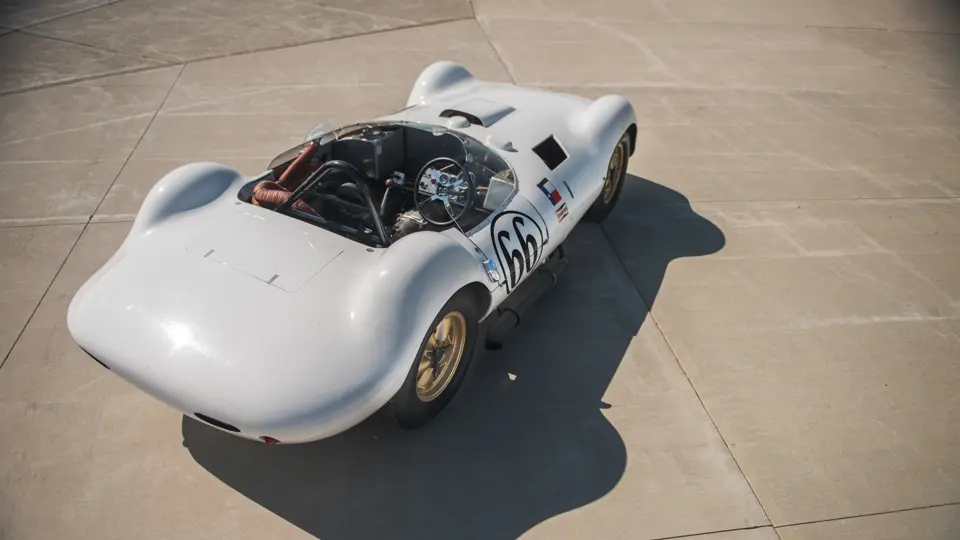

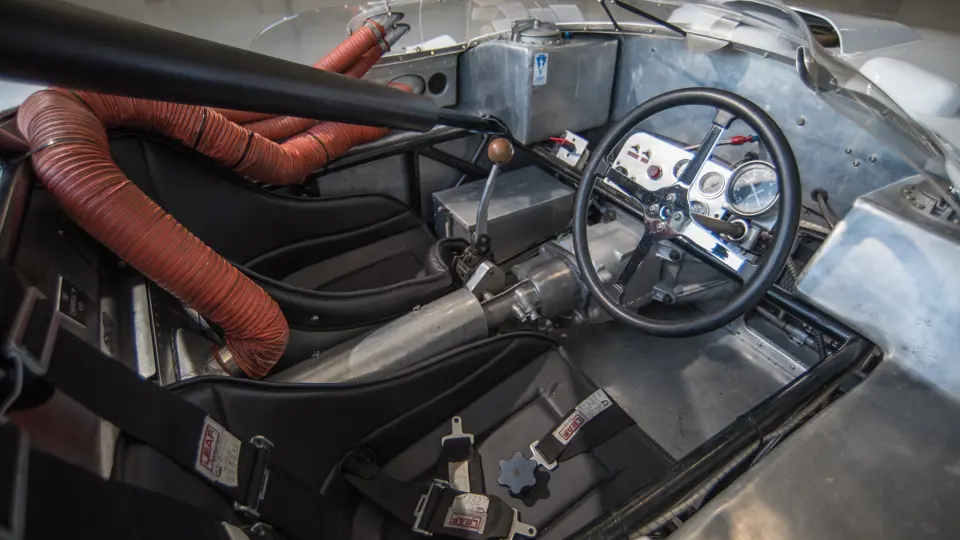


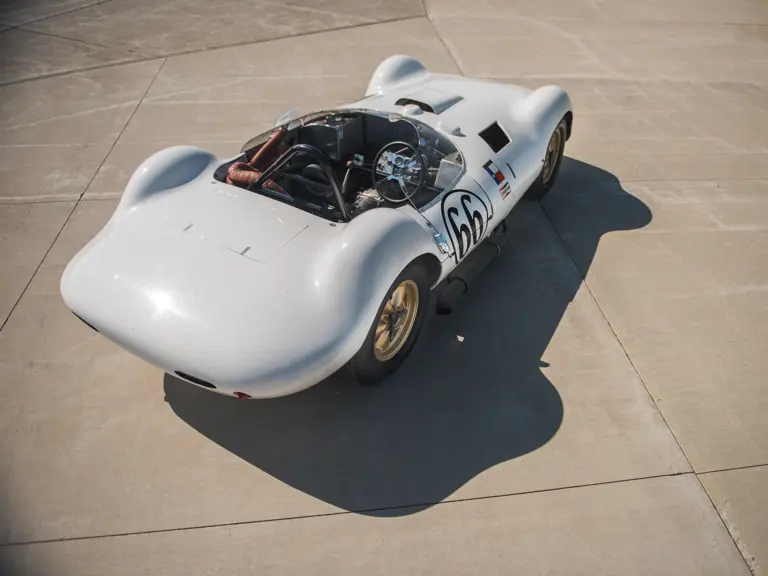
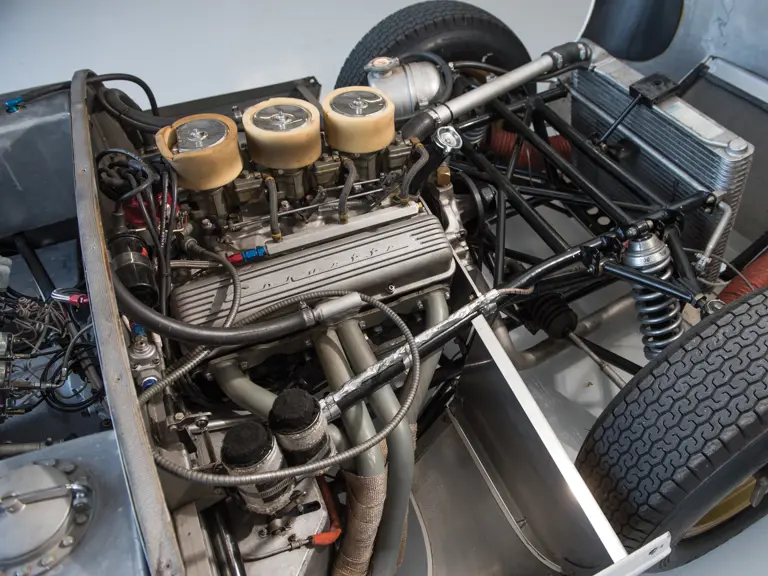
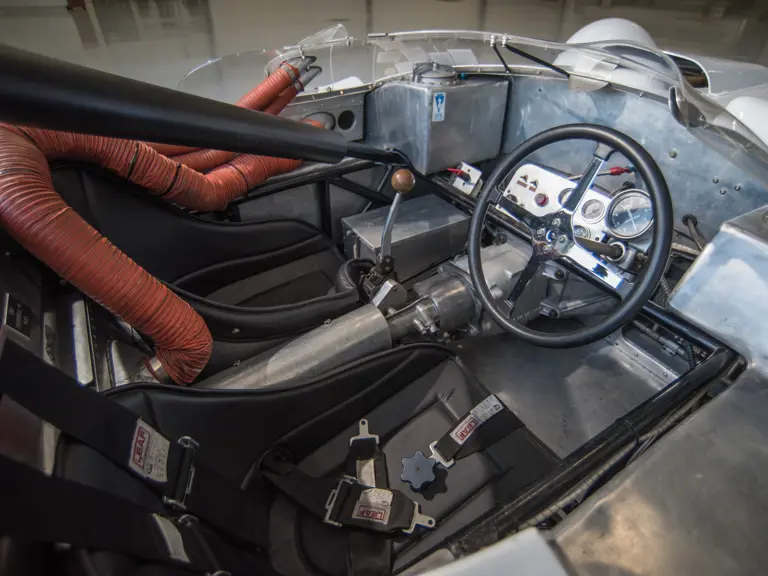
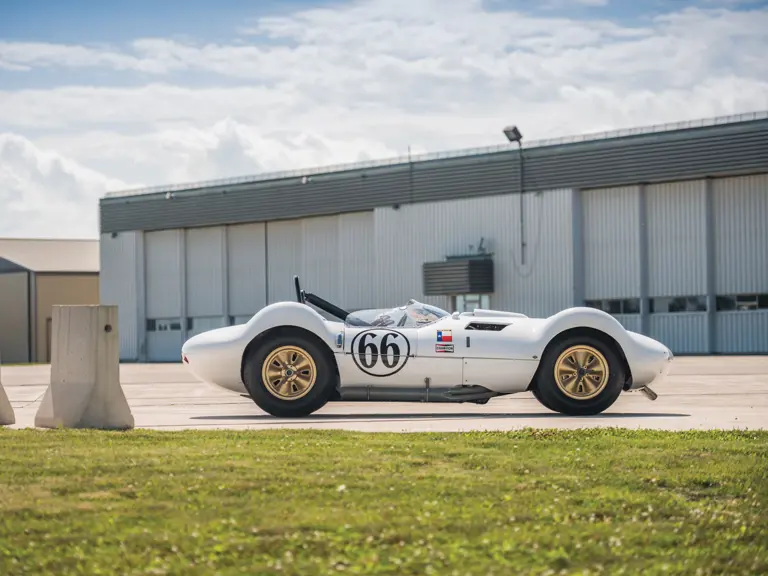
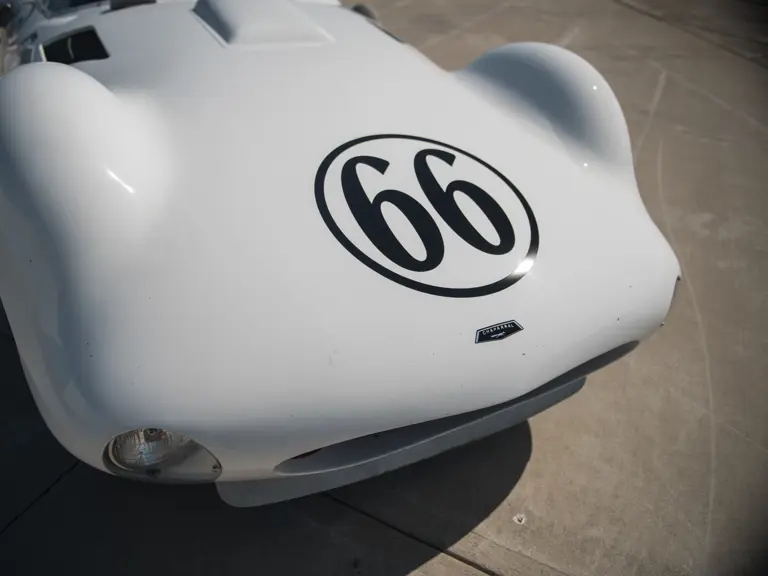
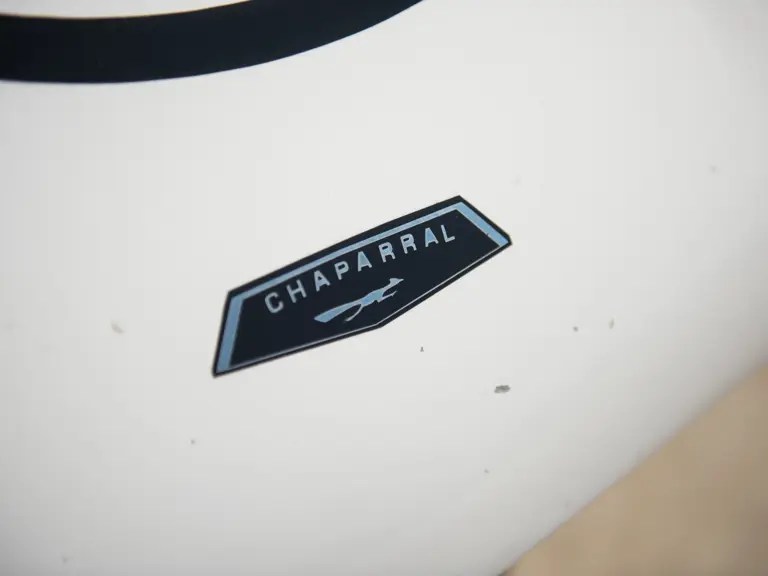
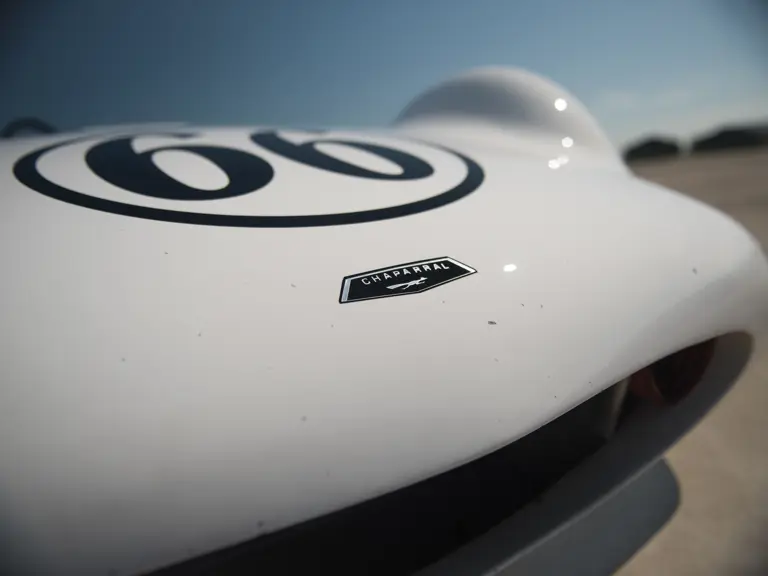
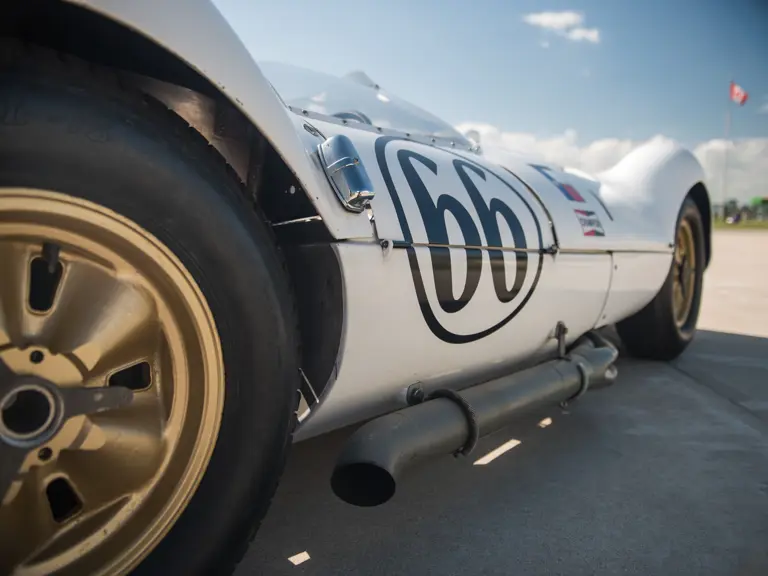
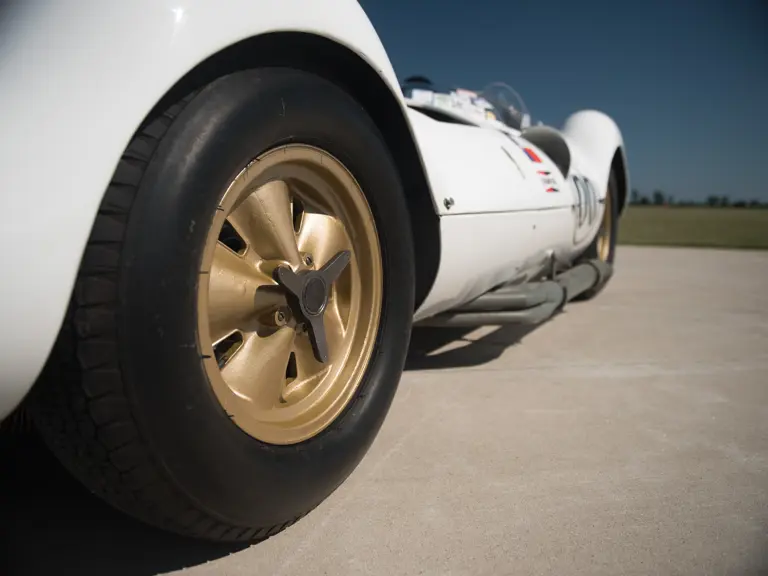
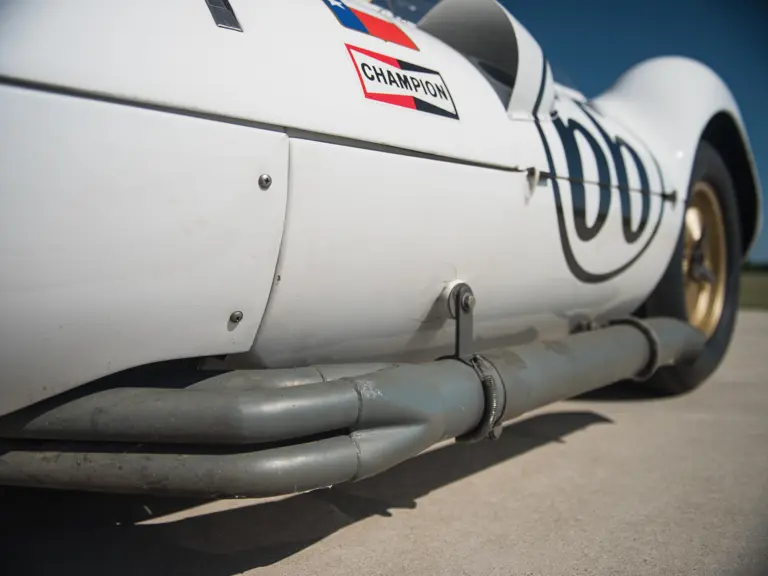
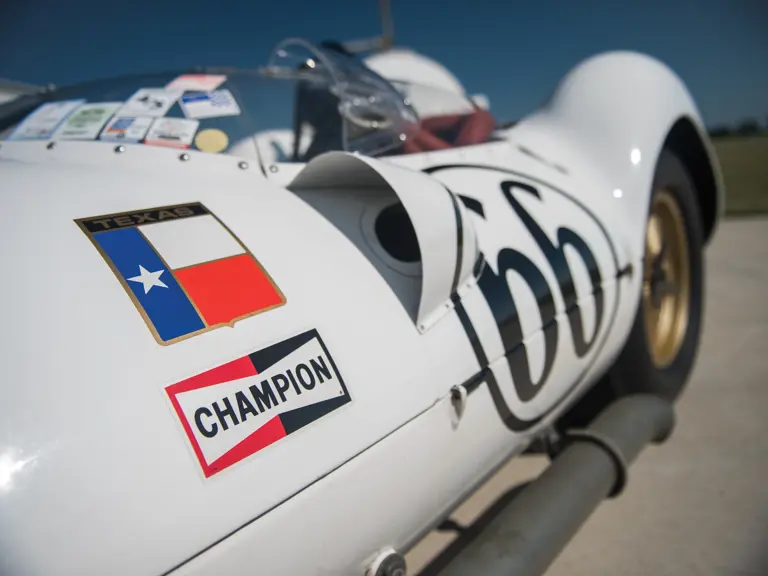
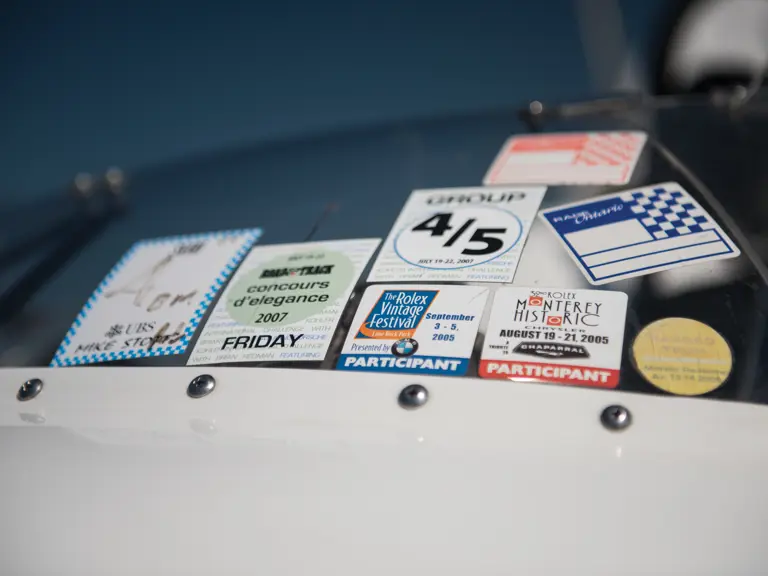

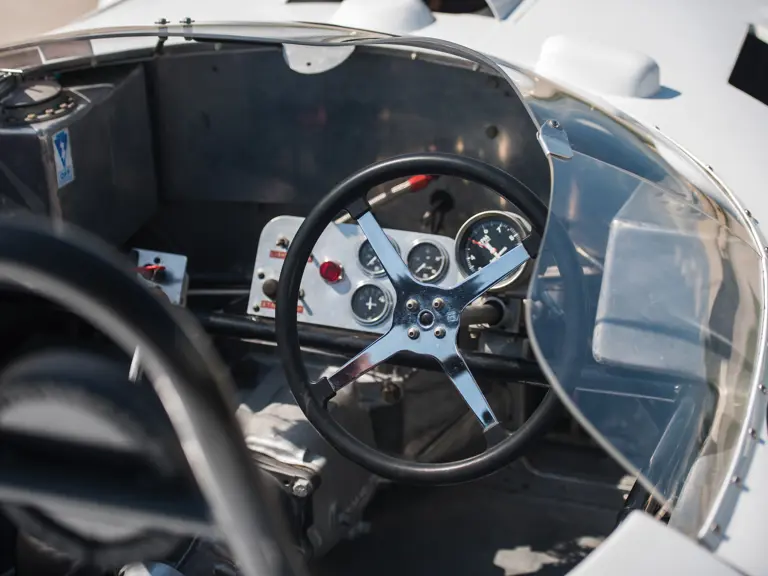
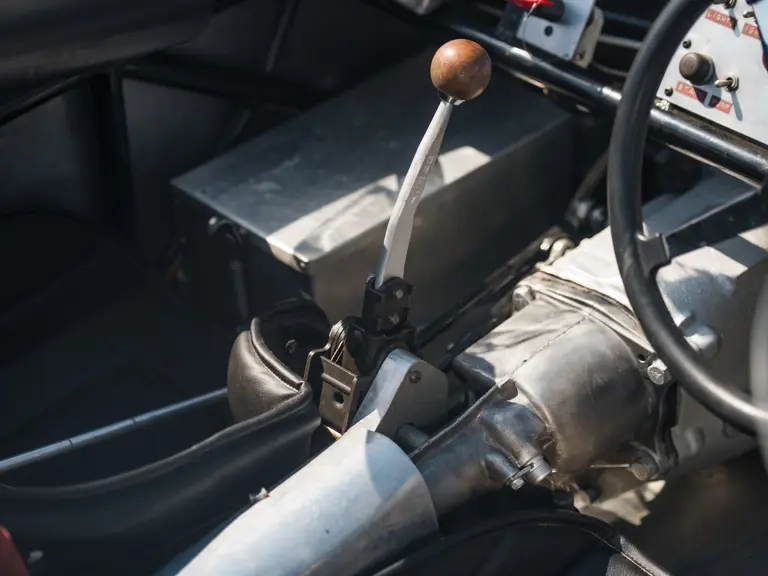
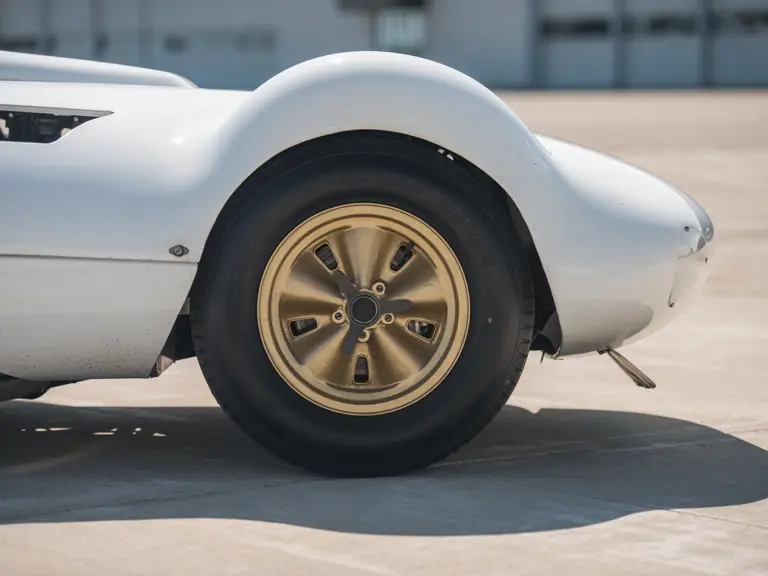
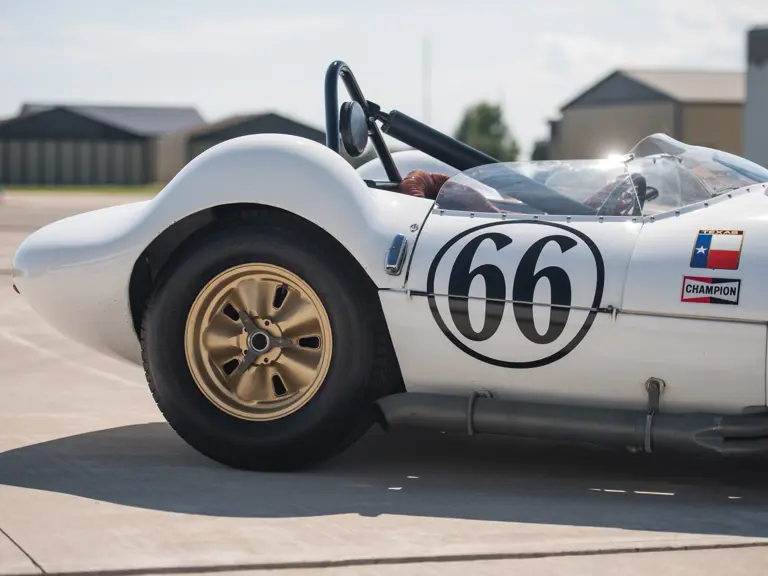
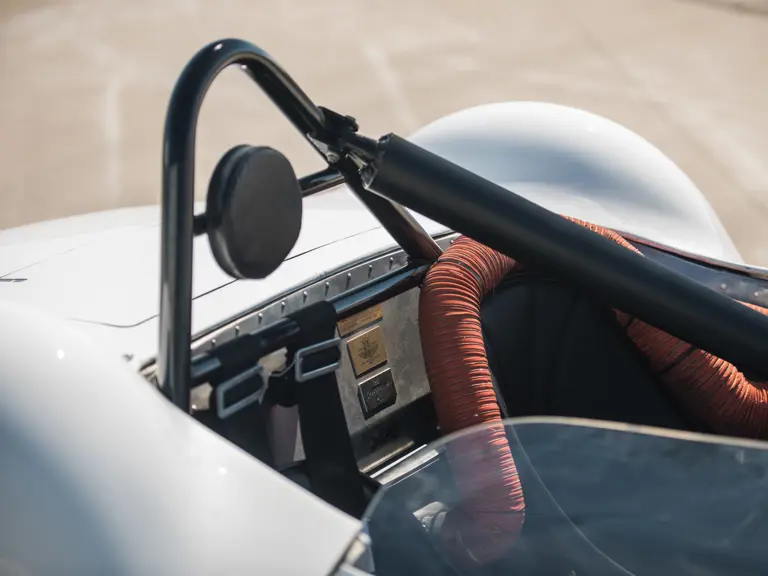
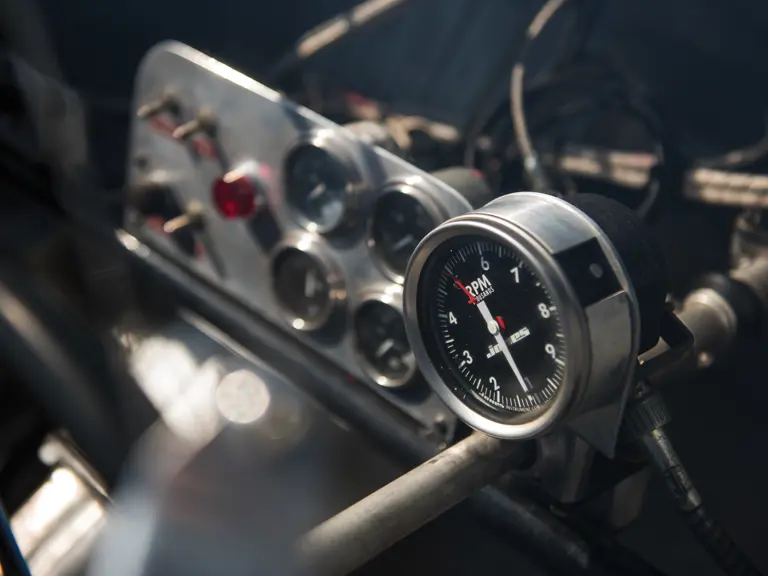
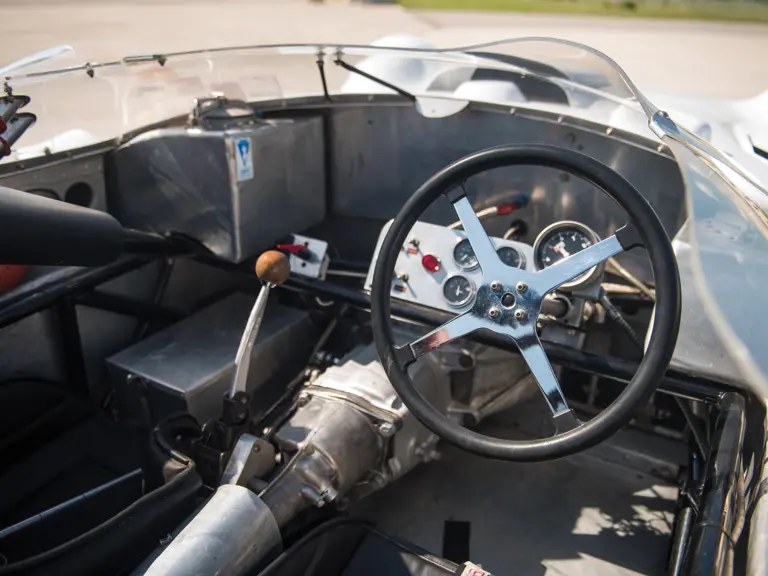
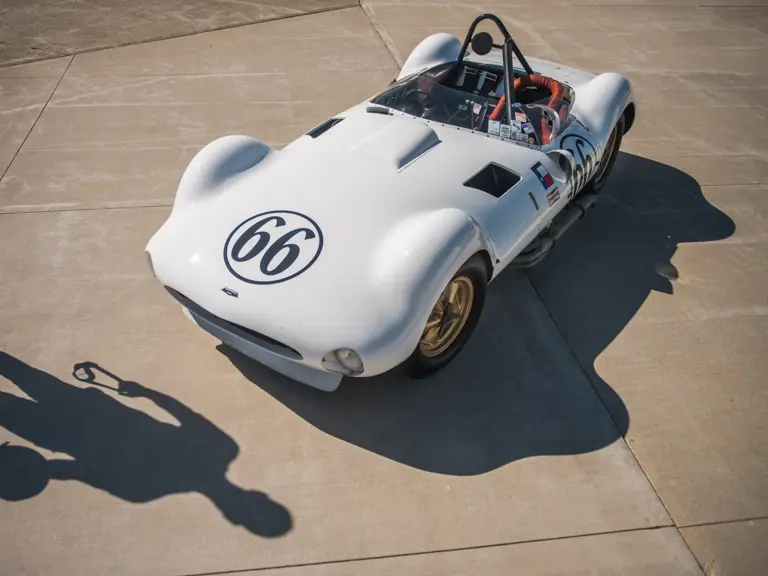


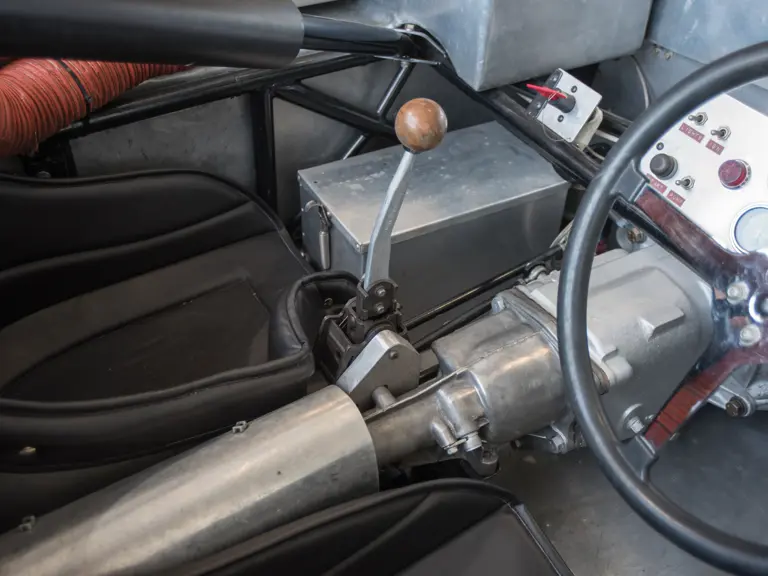


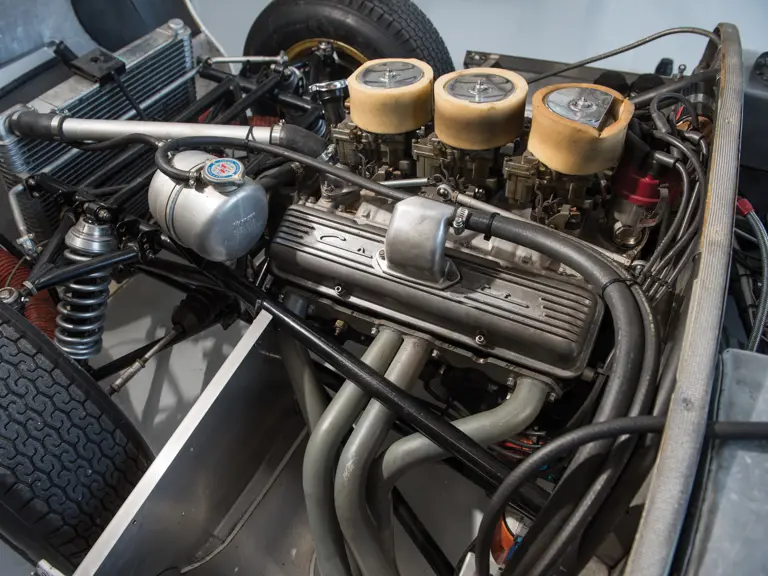

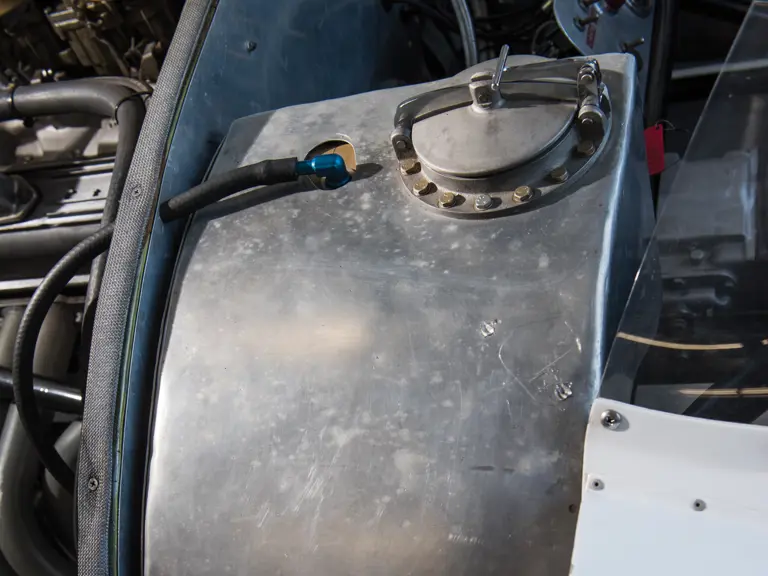
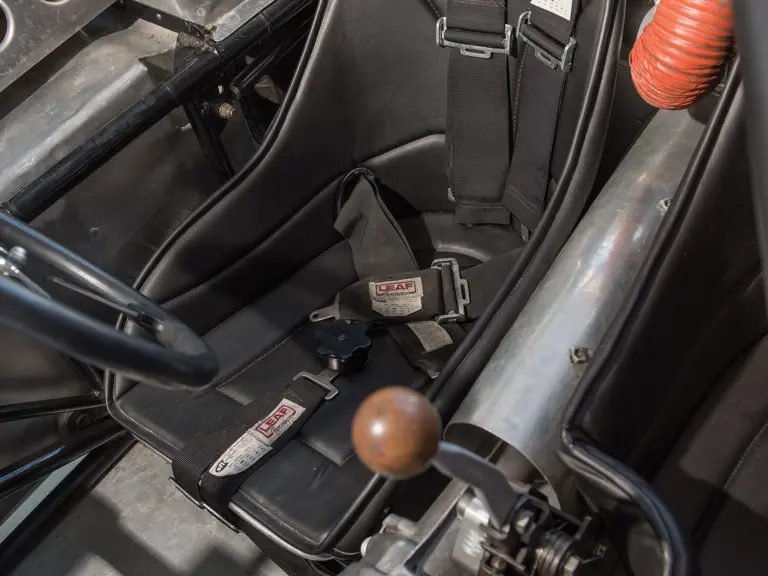
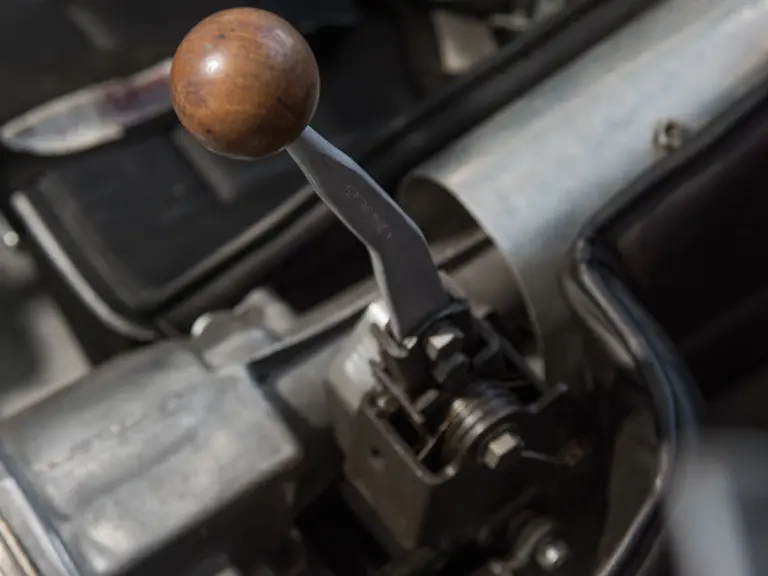
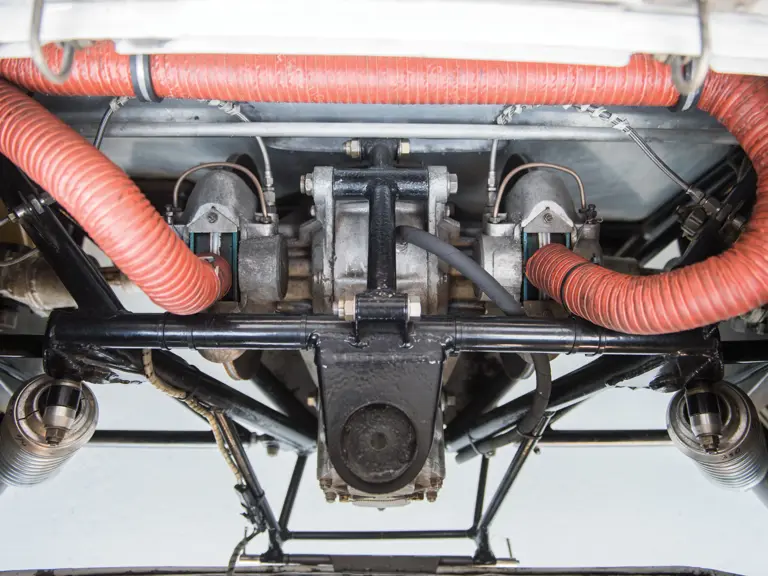

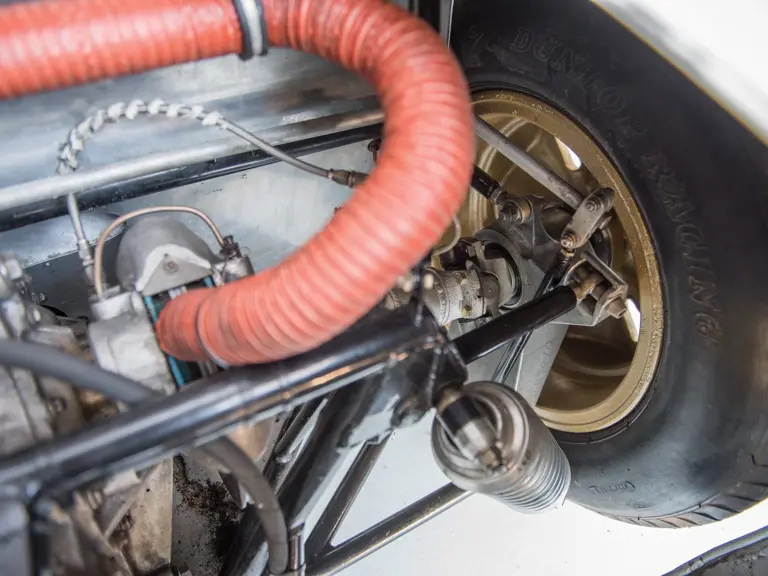
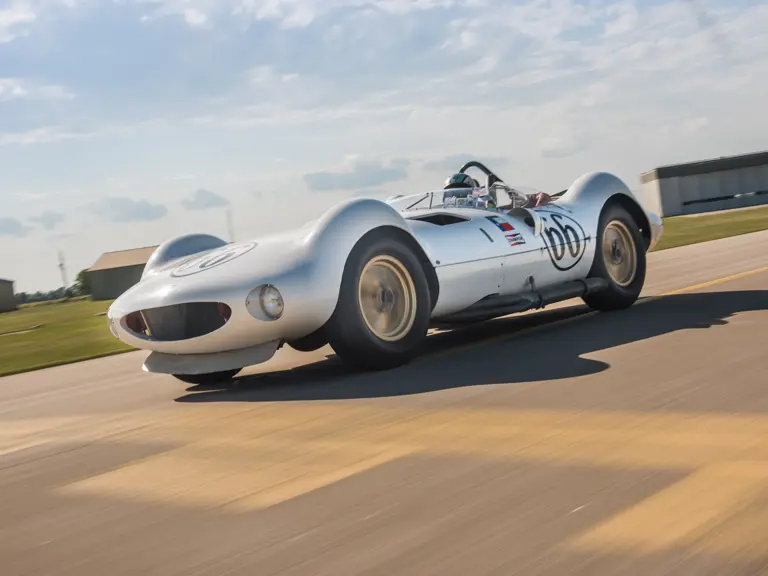
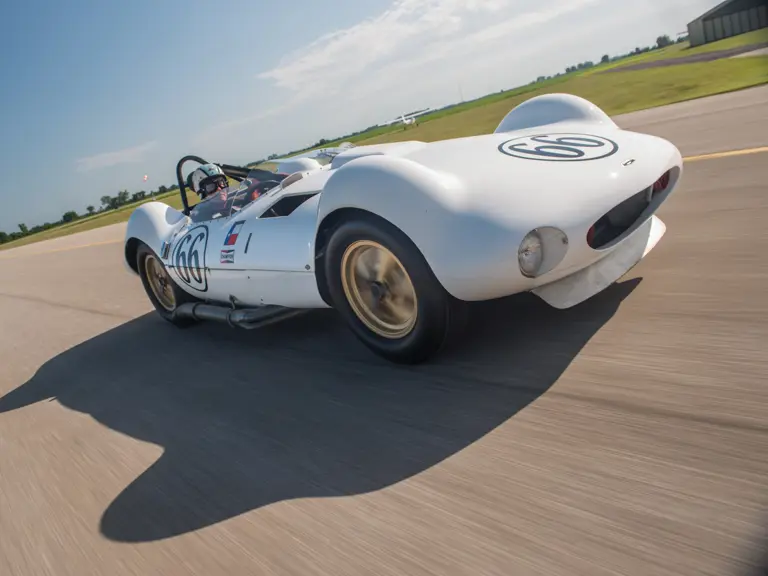
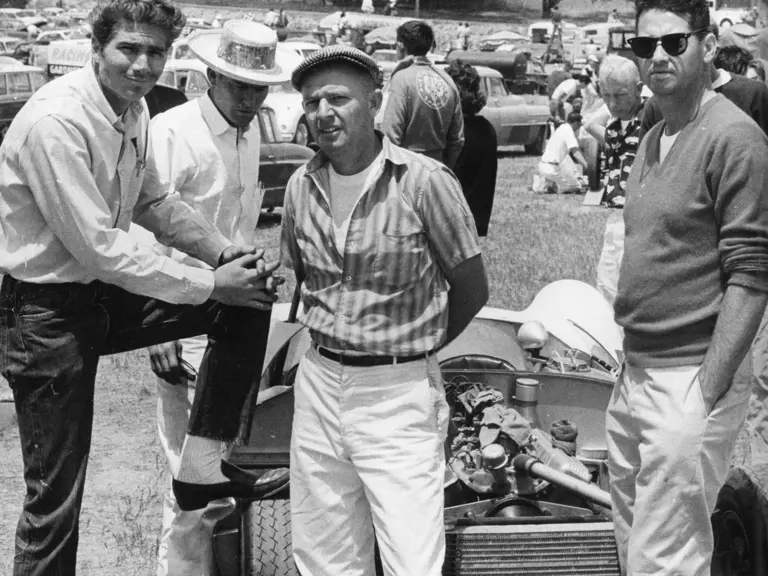
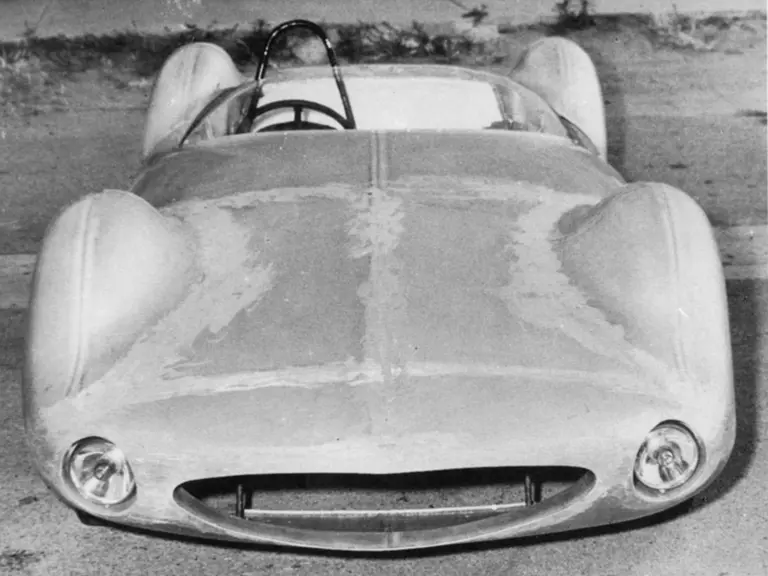
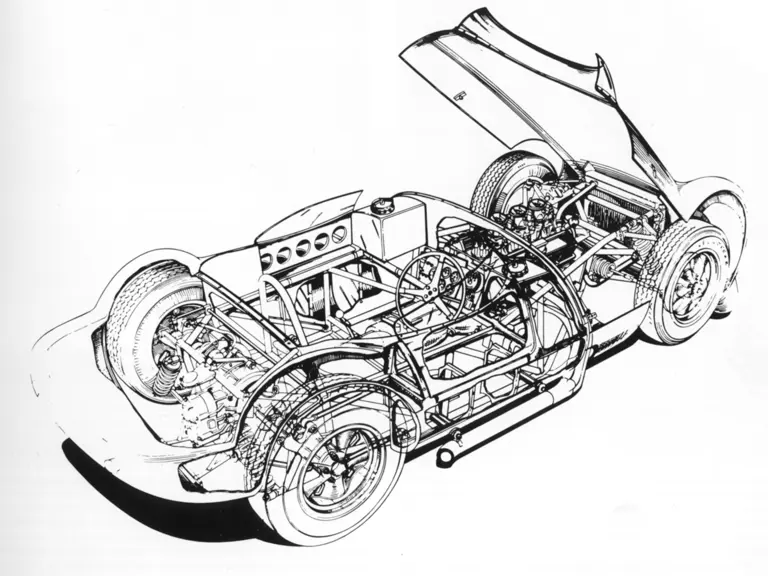

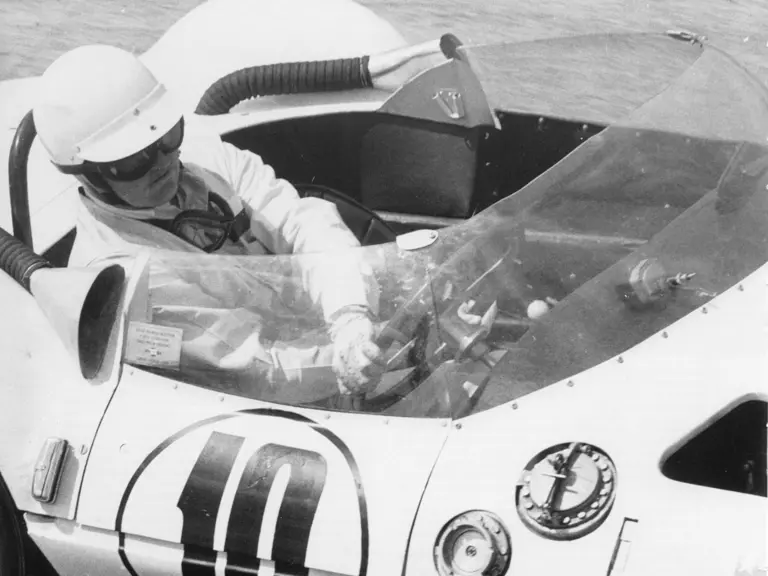
 | Monterey, California
| Monterey, California
